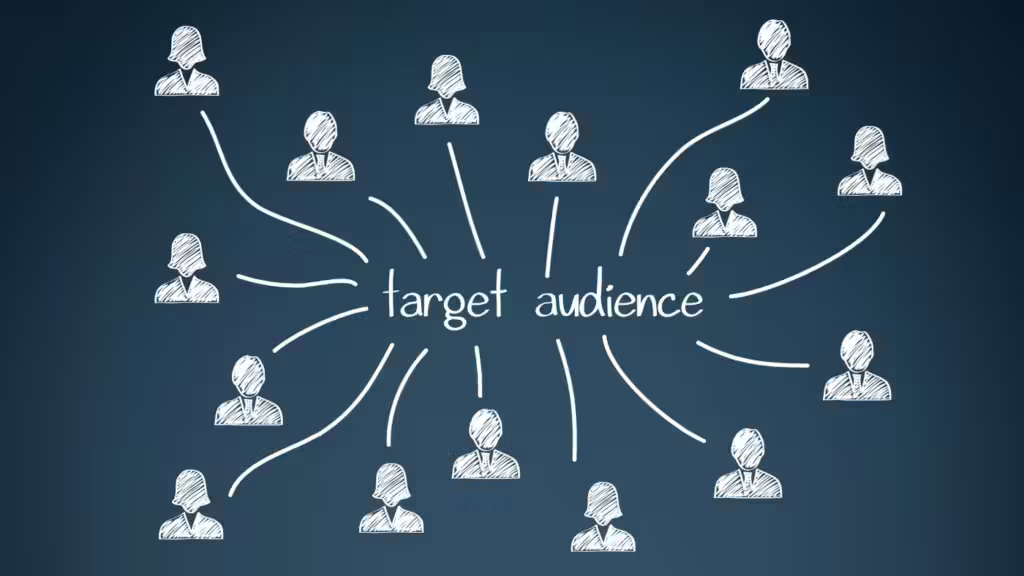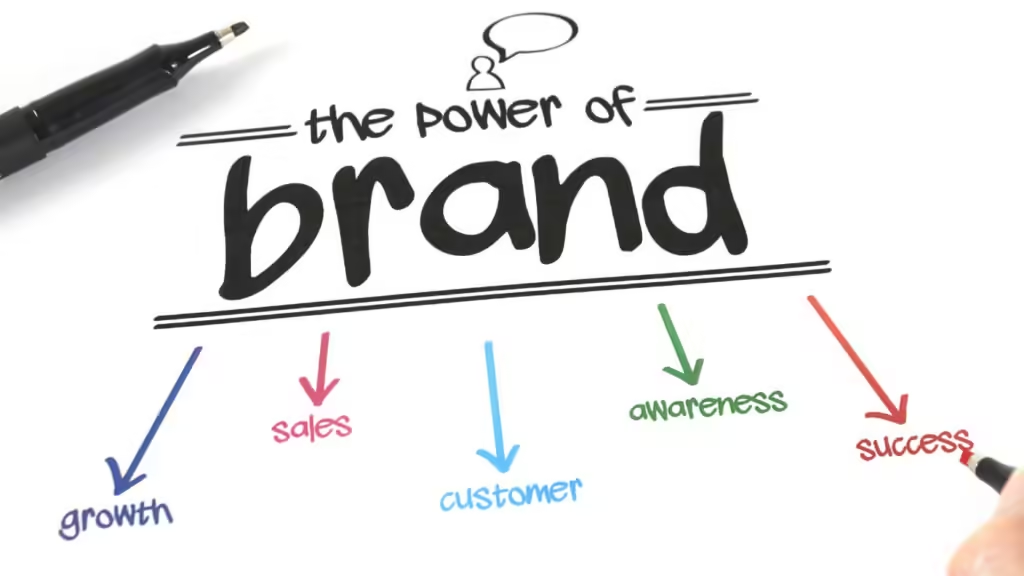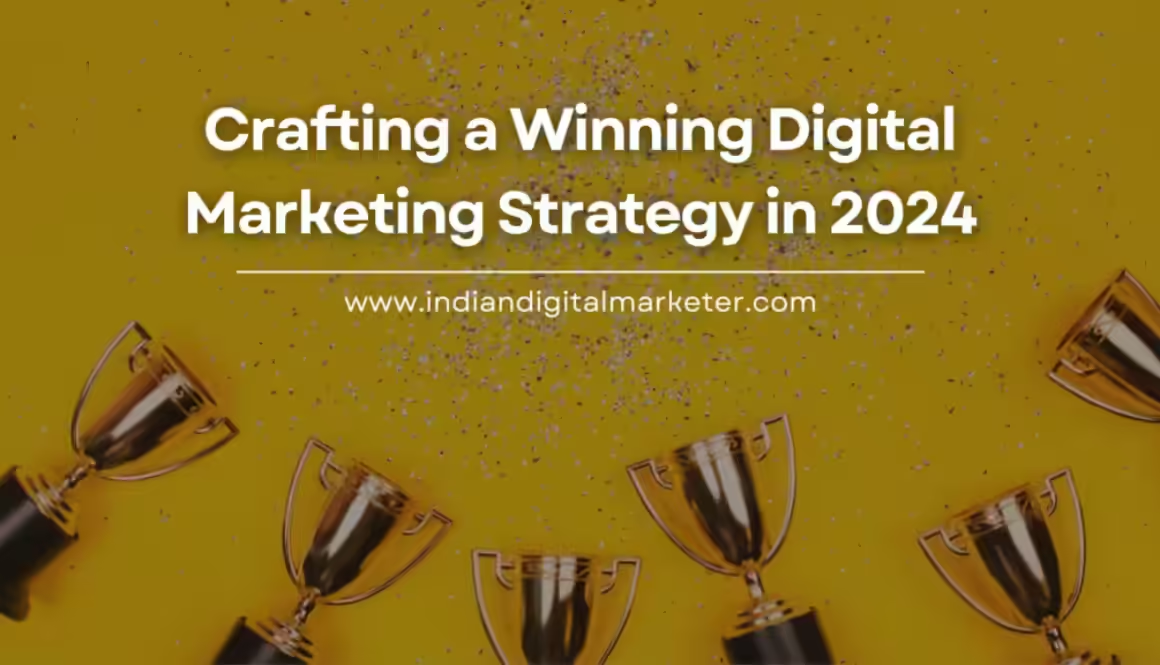Crafting a Winning Digital Marketing Strategy in 2024
In today’s fast-paced digital landscape, a robust digital marketing strategy is essential for any business aiming to thrive. Whether you’re a small startup or a large corporation, an effective digital marketing plan can help you reach your target audience, boost your brand visibility, and drive conversions. Here’s a comprehensive guide to crafting a winning digital marketing strategy in 2024.
1. Define Your Goals

Every successful digital marketing strategy begins with clear, actionable goals. What do you want to achieve with your digital marketing efforts? Common objectives include:
– Increasing website traffic
– Generating leads
– Boosting sales
– Enhancing brand awareness
– Improving customer engagement
Having specific goals allows you to measure your progress and adjust your strategy accordingly.
2. Understand Your Audience

To effectively reach your target audience, you need to understand who they are. Conduct thorough market research to gather insights on your audience’s demographics, preferences, behavior, and pain points. Create detailed buyer personas to represent different segments of your audience. This information will help you tailor your messaging and choose the right platforms to reach your potential customers.
3. Conduct a Competitive Analysis

Analyzing your competitors can provide valuable insights into what works and what doesn’t in your industry. Identify your top competitors and evaluate their digital marketing strategies. Look at their:
– Website and content
– Social media presence
– SEO performance
– Paid advertising efforts
– Customer reviews and feedback
Understanding your competitors’ strengths and weaknesses can help you identify opportunities to differentiate your brand.
4. Develop a Strong Brand Identity

Your brand identity is what sets you apart from the competition. It should reflect your company’s values, mission, and personality. Ensure your brand is consistent across all digital channels, including your website, social media profiles, and email communications. A strong brand identity helps build trust and loyalty among your audience.
5. Optimize Your Website

Your website is the cornerstone of your digital marketing strategy. It’s often the first point of contact between your business and potential customers. Ensure your website is:
– User-friendly and easy to navigate
– Optimized for mobile devices
– Fast-loading
– SEO-friendly
High-quality content, clear calls to action, and an intuitive design can significantly enhance user experience and improve conversion rates.
6. Leverage SEO

Search Engine Optimization (SEO) is crucial for improving your website’s visibility on search engines like Google. Focus on:
– Keyword research: Identify and target relevant keywords that your audience is searching for.
– On-page SEO: Optimize your website’s content, meta tags, and images.
– Off-page SEO: Build high-quality backlinks from reputable websites.
– Technical SEO: Ensure your website’s technical aspects, like site speed and mobile-friendliness, are optimized.
A well-executed SEO strategy can drive organic traffic to your site and increase your chances of ranking higher in search engine results.
7. Create Engaging Content

Content is at the heart of digital marketing. Develop a content marketing strategy that includes:
– Blog posts: Provide valuable information and insights related to your industry.
– Videos: Engage your audience with visual content.
– Infographics: Simplify complex information with visually appealing graphics.
– Ebooks and whitepapers: Offer in-depth resources to establish your authority.
Consistently publishing high-quality, relevant content can help you attract and retain your target audience.
8. Utilize Social Media

Social media platforms are powerful tools for connecting with your audience, and an effective digital marketing strategy hinges on identifying where your target audience is most active and focusing your efforts there. Each platform attracts different demographics and supports various content types, so it’s crucial to align your strategy accordingly.
For instance, Instagram and TikTok are ideal for engaging younger audiences with visual and video content, while LinkedIn is perfect for reaching professionals with industry insights and B2B marketing.
By understanding your audience’s preferences, evaluating platform features, and analyzing competitor presence, you can tailor your approach to maximize engagement and drive meaningful interactions, ensuring your digital marketing efforts yield the best results.
Develop a social media strategy that includes:
– Regular posting schedule
– Engaging and shareable content
– Interacting with followers
– Running paid social media campaigns
Social media can help you build relationships, increase brand awareness, and drive traffic to your website.
9. Implement Email Marketing

Email marketing remains one of the most effective digital marketing channels. Build an email list and segment it based on your audience’s preferences and behaviors. Send personalized and relevant content to your subscribers, such as:
– Newsletters
– Promotional offers
– Product updates
– Event invitations
Email marketing can help nurture leads, build customer loyalty, and drive conversions.
10. Measure and Analyze Your Performance
Regularly monitoring and analyzing your digital marketing efforts is essential for continuous improvement. Use tools like Google Analytics, social media insights, and email marketing analytics to track key metrics. Assess your performance against your goals and make data-driven decisions to optimize your strategy.
Conclusion
A well-crafted digital marketing strategy is vital for achieving your business goals in the digital age. By defining clear objectives, understanding your audience, leveraging various digital channels, and continually analyzing your performance, you can create a powerful strategy that drives success. Stay adaptable and keep up with the latest trends and technologies to ensure your digital marketing efforts remain effective and relevant.

